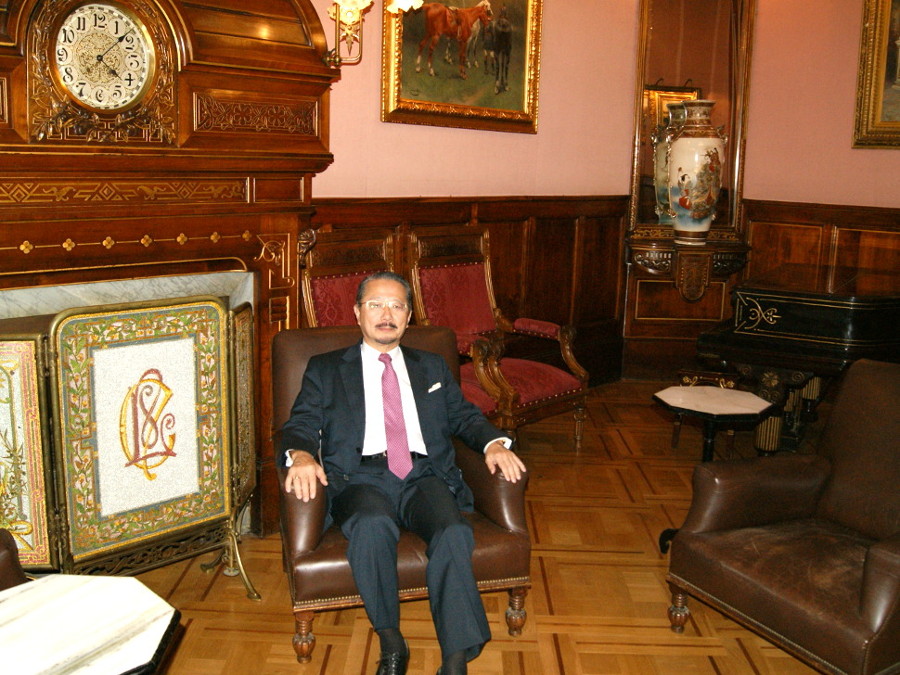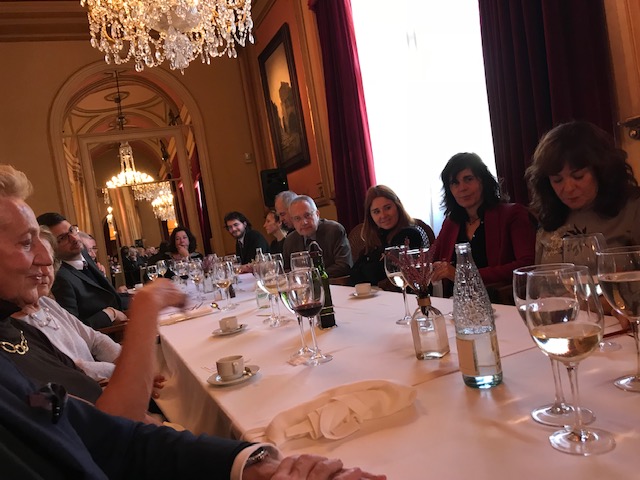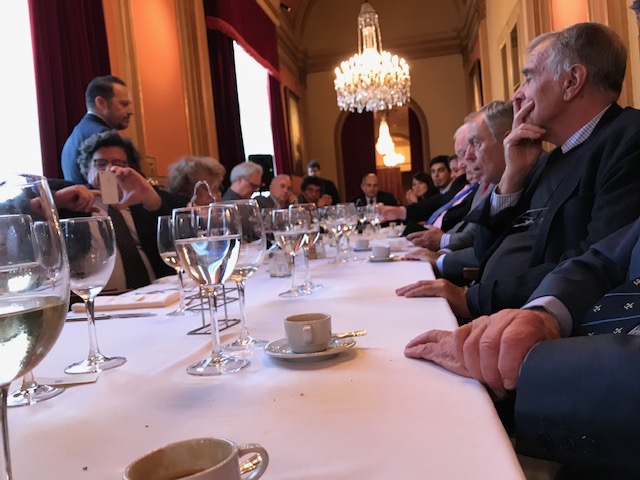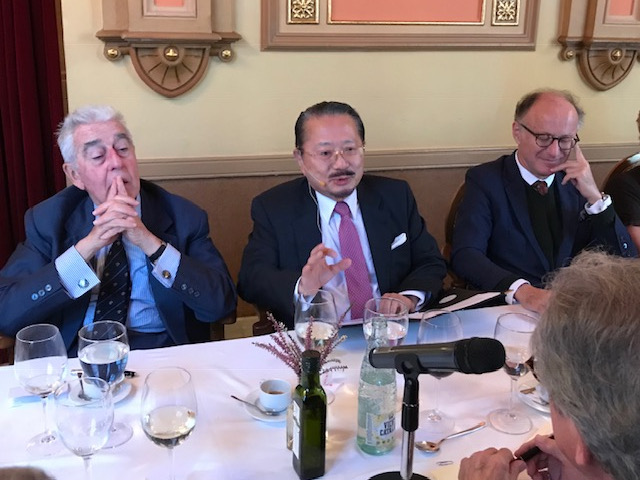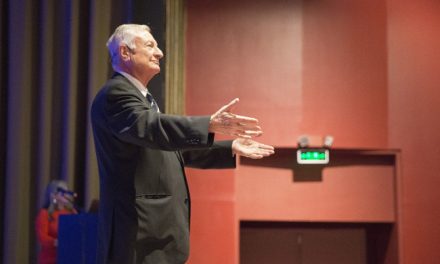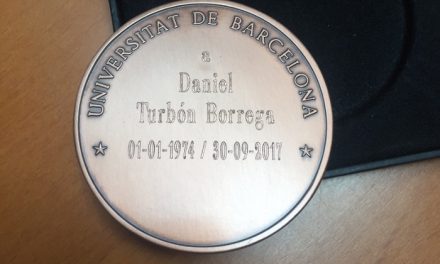Naohito Watanabe, consul of Japan in Barcelona and honorary academician of the RAED, promotes the rapprochement between Japanese and Spanish societies
Naohito Watanabe, consul of Japan in Barcelona and honorary academician of the Royal European Academy of Doctors-Barcelona 1914 (RAED), was the guest of the meetings organized by the Barcelona Liceo Circle with personalities of culture, politics and company. Watanabe gave the talk “Japón, lejano y cercano. Coyuntura histórica de acercamiento mutuo” (Japan, distant and close. Historical juncture of mutual approach), in which he addressed aspects of Japanese culture, its similarities and ties with Spanish and Catalan culture and the need to strengthen the interrelationship between both societies. The event, held on November 13 in a lunch-conference format, was headed by the president of the Circle, Francisco Garnier, and its vice president, José García Reyes.
For Watanabe, the close relationship that Japan and Spain maintain today, and in a more intense and specific way Catalonia due to tourism and the growing cultural and commercial exchanges, points out the need for a direct flight between Barcelona and Tokyo. Today, from Spain to Japan you can only travel nonstop from Madrid. A need that the consul himself affirmed that he has assumed as a personal challenge. Watanabe also highlighted the growing interest of Spanish and Catalan society for Japanese culture and language and welcomed the actions of the Consulate in the promotion of these studies.
The honorary academician of the RAED stopped at two historical milestones that show that the reciprocal interest between Japan and Catalonia isn’t the result of tourism or the passion that Japanese art provoked in Europe at the beginning of the 20th century. “The exchange between Japan and Catalonia and Spain dates back to the 16th century, when four young men (Mansyo Ito, Miguel Chijiiwa, Maltino Hara, Julian Nakaura) were sent by three clans of Christian samurai (Ootomo, Arima and Oomura) of Kyushu, island from the south of Japan, to Rome. The expedition also visited Barcelona and Montserrat, and also in the 17th century, Keicho’s embassy, led by the samurai Tsunenaga Hasekura, visited Europe and the Holy See and also travelled to Barcelona, Igualada and Montserrat with the goal of spreading Christianity in Japan and establishing trade with Spain”, he explained in his talk.
Watanabe also highlighted how at the Universal Exhibition of Barcelona held in 1888, Japan participated with its exotic artistic samples of ceramics, paintings, wood engravings, handicrafts, fans, lacquers, textiles, furniture and even a traditional Japanese house built in the park of the Ciutadella that aroused great interest and curiosity and attracted artists, collectors, literati and intellectuals. In this sense, he highlighted the figure of Madamme Sadayakko, considered the first Japanese actress, who became the muse of Modernism and arrived in Barcelona in 1902.


